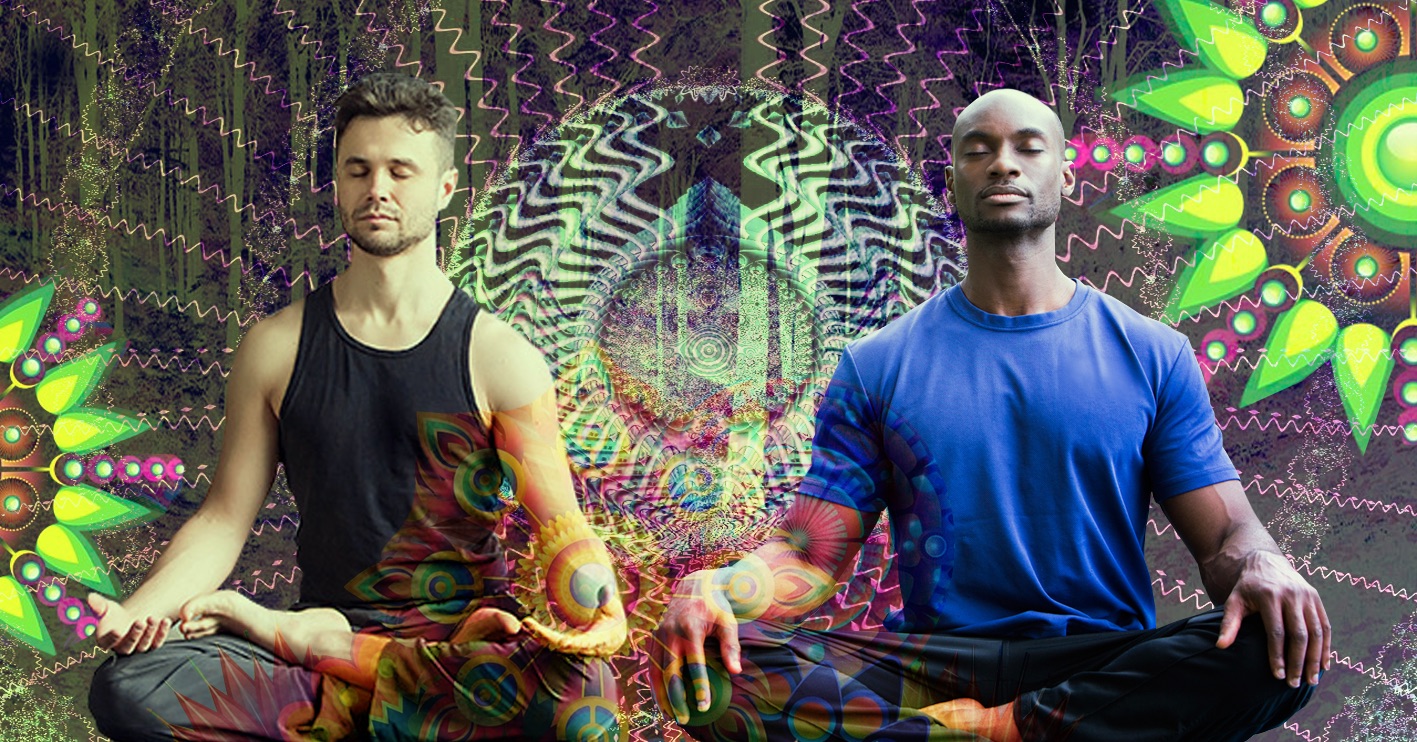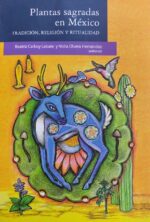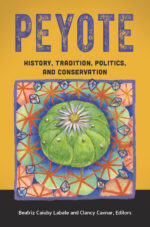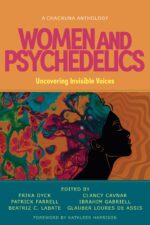- The Greater Mysteries of Plant Music - December 23, 2019
- Sonic Journeys: An Interview with Byron Metcalf - September 25, 2019
- High Holy Strangeness: A Playlist for Ketamine by Eric Sienknecht - March 20, 2019
I met Kelan Thomas, PharmD, last year when we were both enrolled in the Certificate in Psychedelic Therapies and Research Program at CIIS in San Francisco. We quickly recognized that we shared a similar depth of musical knowledge but in largely different genres. While my background is in academic minimalism, arty punk, krautrock, and American folk music, Kelan impressed me with how much he knows about electronic dance music, indie rock, and neo-classical minimalism. As we began sharing music and ideas related to making playlists, Kelan’s musical curiosity stood out to me; it is rare to find someone out of their twenties who is still interested in constantly assimilating new music and expanding the boundaries of what they know.
Kelan has a kind of obsessional curiosity that I think is an important quality in someone who makes playlists for psychedelic experiences. I realized that he has this trait when I found out that, in addition to his making his own playlists, he had researched, assembled, and listened to the playlists for all the recent major psychedelic studies; which, in some cases, involved reaching out to researchers and convincing them to share this music with him. He is also constantly going to live shows and has happily come over to my house just to sit and listen to music together. More recently, he helped to coordinate the playlist for the UCSF study on Psychedelic-Assisted Group Therapy for Demoralization in Long Term AIDS Survivors. He is also one of the affiliated researchers on this study.
The playlist that he made for Chacruna is timed to be used with psilocybin, and I listened to it for the first time one afternoon spent lying on my bed with headphones and an eyeshade. Because I was completely sober for this experience, I found myself occasionally taking the eyeshade off to watch the autumn light change through my window, experiencing the music as a kind of soundtrack to that afternoon’s reality. As the experience progressed, I found myself being carried on a long gentle arc, along the course of which I encountered a variety of personal emotional material in the form of images that emerged in my mind’s eye.
I found Kelan’s playlist to be unique for a couple reasons. First of all, I noticed how carefully it follows the multiphase model that Helen Bonny and Walter Pahnke developed in the early 1970s while working on LSD trials at the Maryland Psychiatric Research Center. Bonny and Pahnke’s model has served as the the basic template for how music is selected and structured for most subsequent research studies involving psychedelics, with adjustments in the length of the phases depending on the substance being used.1
In some of the earlier literature, it was recommended, during the strongest phases of drug effect, to have two to three hours of very intense music in order to help create a cathartic peak experience for the participant.2 Kelan’s playlist peaks right on time, but does not take the listener to an unwavering, hours-long plateau of intensity. Instead, it has several smaller peaks with space for relatively calmer music in between. The idea here is to create a sense of ebb and flow that the participant can feel as a series of tension-and-release experiences. A playlist with multiple peaks can also help to titrate the experience and keep it from getting too intense; periods of relief are built in.
This playlist is good for cases in which a more intense musical experience is not indicated. I have heard some participants describe the negative experience of feeling “manipulated” by more intense forms of music during psychedelic therapy. This playlist does not do that; it is generally more supportive, and when it drives, it does so gently. There are cases where the participant might need a more consistently intense peak-phase music experience and find that this playlist would not drive them hard enough to meet this kind of need. This speaks to the importance of playlists being individualized for each participant and the therapist’s ability to quickly pivot and make musical changes like a DJ does in reading and responding to the feeling in a roomful of dancers.
I especially enjoyed hearing Kelan’s personal taste in music coming through the framework of this playlist. For instance, he includes more indie and post rock than any other person I know who is working with music and psychedelics today. These are interesting genre sources to draw from because both are frankly emotional forms of non-blues-based rock ‘n’ roll that use repetition, textural elements, and plangent guitar chords to create long form pieces of music, often without lyrics. For instance, this playlist includes tracks by Mogwai and Do Make Say Think. Music like this was often in the air when I was a teenager and is extremely evocative of that time in my life. Using it in the context of a playlist is potentially a strength because the participant could either have similarly nostalgic associations or hear these songs for the first time as strangely new and deep types of music.
Kelan also includes quite a bit of what I call neo-classical minimalist music on this playlist. This is a kind of hybrid of Western classical and ambient electronic music that mixes trance-inducing loops and drones with long legato lines made by instruments typically used in chamber music. It is consonant, built from beautiful Western classical scales, and has a spare quality that supports stillness and contemplation in the listener. Examples of this style here are the tracks by Hammock, Sarah Davachi, and Ólafur Arnalds. This music is cinematic and heart centered, fantastic for psychedelic therapy.
There are other points on the playlist where Kelan’s and my taste overlap. I love the solo work of former Cocteau Twins’ guitarist Robin Guthrie and the use of his track Laughter in the Dark, is very effective. Then there is the otherworldly pedal steel work of Bay Area guitarist Chuck Johnson: cosmic Americana that is unlike any other music being produced today. Kelan also includes the song It’s Love by what is probably my favorite band in the world, Woo.
In listening to this playlist, I could feel Kelan’s kindness and concern for the participant’s experience. The overall gentleness of the music and the care with which he assembled it feels like an implicit extension of the care that the therapist shows to the participant throughout the process of psychedelic work. It’s altogether a lovely playlist and powerfully deep.
You can listen to Kelan’s playlist for psilocybin here.
References
Bonny, H. (2002). Music consciousness: The evolution of guided imagery and music. Dallas, TX: Barcelona Books.
Grof, S. (1980). LSD psychotherapy. Ben Lomond, CA: Multidisciplinary Association for Psychedelic Studies.
Take a minute to browse our stock:
Did you enjoy reading this article?
Please support Chacruna's work by donating to us. We are an independent organization and we offer free education and advocacy for psychedelic plant medicines. We are a team of dedicated volunteers!
Can you help Chacruna advance cultural understanding around these substances?















